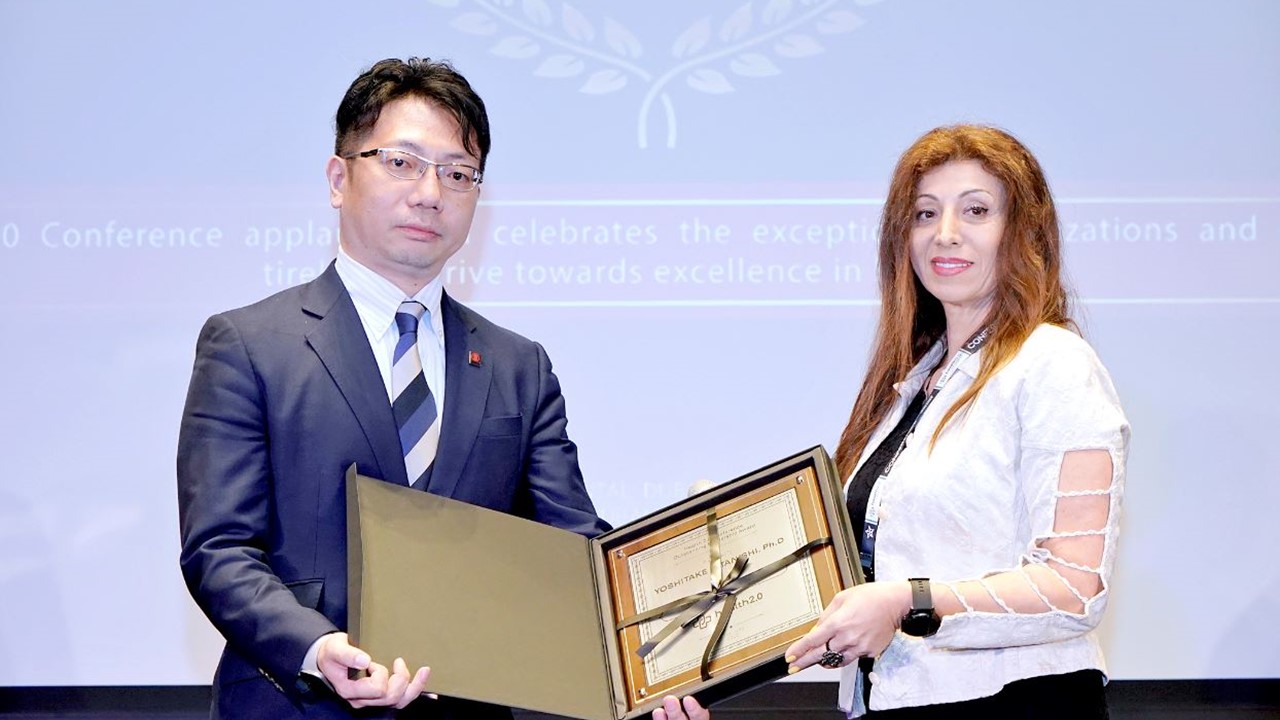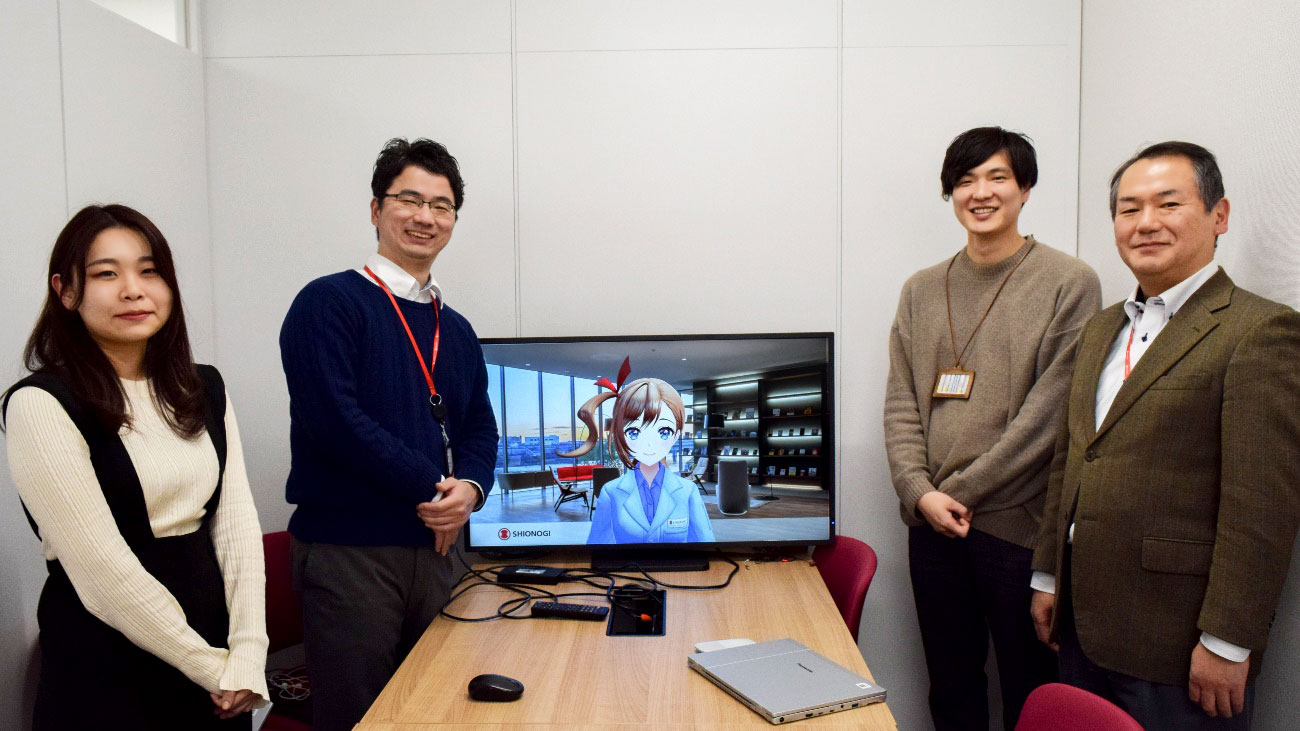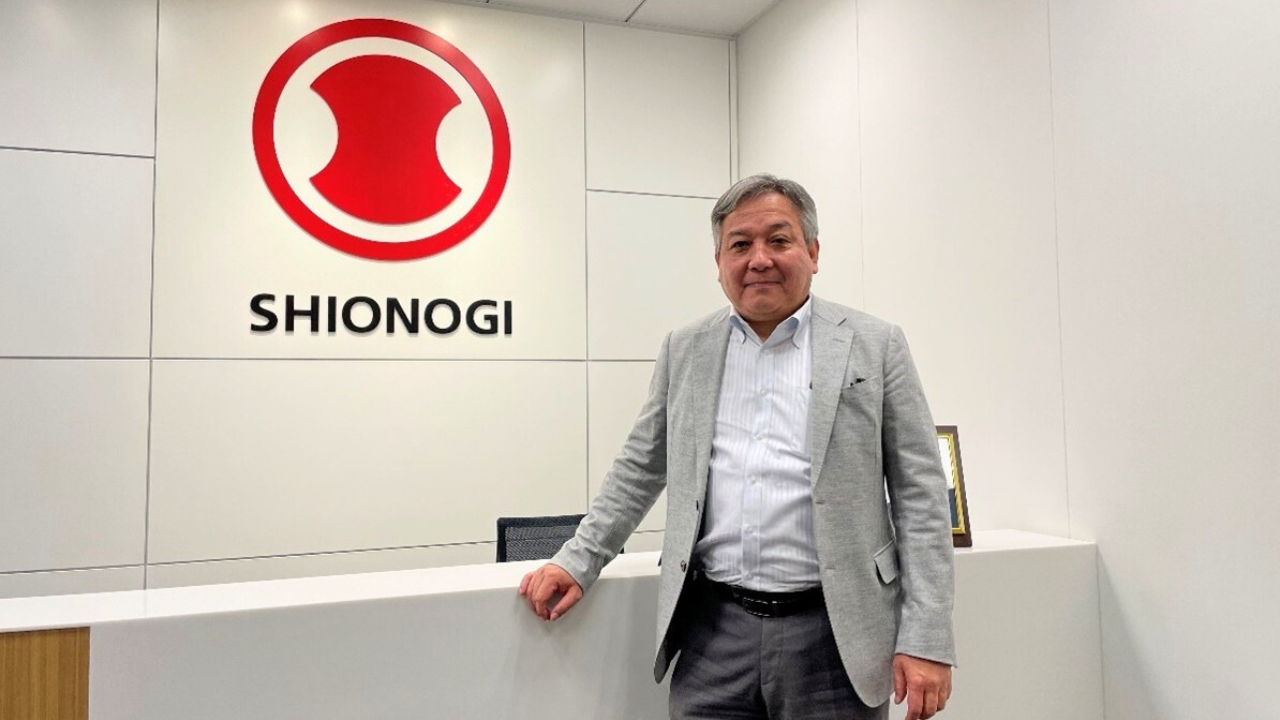Striving for Palliative Care that Leaves No One Behind: Aiming for a Communication Barrier-Free Reality
Released on April 3, 2024.
Are you familiar with the “Pain Diary”?
This diary is a pain management tool that serves to support patients with cancer by allowing them to record their pain levels and perceptions and share them with healthcare professionals.
You might wonder why a pharmaceutical company would create a “Pain Diary.” SHIONOGI is actively engaged in research and development in the palliative care sector and in disease awareness initiatives, with the goal of supporting patients who are struggling with illness.
The marketing department of the palliative care sector plays a key role in these efforts. This department aims to support the patients’ everyday needs and persistently address complex issues to achieve “Palliative Care for Everyone” and “Pain Treatment for Everyone.”
As part of the palliative care marketing team and involved in the creation of the “Pain Diary,” Yasuhide Yamaguchi reflects on his journey and shares his passion for palliative care.
Joined SHIONOGI & Co., Ltd. in 2009 through career recruitment.

The “Pain Diary” as a Bridge Between Cancer Patients and Healthcare Providers
──Could you define the “Pain Diary”?
Only patients with cancer truly understand the pain that this disease inflicts. To alleviate this pain, it must be conveyed accurately. Nevertheless, many patients struggle to articulate their pain, feel that they must endure it, or believe that their pain is misunderstood. To address this, we created the “Pain Diary” under the supervision of the Palliative Care Center at the Japan Cancer Research Foundation Ariake Hospital in order to help patients accurately communicate their pain.

──Indeed, it seems difficult to verbalize pain, which is a subjective sensation.
──What motivated you to create the “Pain Diary”?
──So, you are involved in palliative care because you want to empathize with patients.
Exactly. Over a decade ago, while working as a medical representative at a cancer hospital, I realized how shallow my understanding of suffering was through discussions about pain and distress with doctors, nurses, and pharmacists.
Alleviating physical pain is crucial, but it only addresses a part of the pain that patients with cancer experience. Empathizing with emotional pain is also essential, which is why promoting a correct understanding of palliative care and medical narcotics, as well as fostering appropriate communication with patients, families, and healthcare professionals, is a significant theme for us.
──You gained new insights into palliative care.
Efforts to Eliminate Information Disparities for Patients with Hearing Impairments
──I hear that you encountered the Communication Barrier-Free Project during this time.
Exactly. The Communication Barrier-Free Project (CBF-PJ) is a cross-departmental initiative aimed at removing communication barriers for patients with hearing impairments or other disabilities when accessing medications. It strives to eliminate the difficulties these patients face and provide them with information on medications and healthcare in a more accessible way.

──It seems the “Pain Diary” shares a similar direction with CBF-PJ.
──What challenges do patients with cancer and hearing impairments face?
──What specific initiatives are you involved in?
Through interaction with CBF-PJ members, we started focusing on the diversity of patients with cancer and initiated the “Pain Diary × CBF-PJ” project. This project is still in its early stages, and we are currently discussing what kind of diary should be created.
Medical professionals who supervised the “Pain Diary” have commented that using the diary can signal to patients that “It is okay to talk about your pain” and “The main character in pain relief is the patient themselves.” They suggest that we should consider materials that are easy to use not only for patients with normal hearing but also for those with hearing impairments.
──Comment from CBF-PJ Leader Tsukamoto
For patients receiving treatment, knowing and correctly understanding information regarding medications is extremely important. However, those with hearing impairments often struggle to access this information adequately. Our goal as a company-wide project is to eliminate these information disparities in medical institutions, which means “to remove communication barriers.” This commitment remains unwavering, even in the fields of cancer treatment and palliative care. Our ultimate goal is to create an avenue where accurate information reaches all patients, regardless of their disabilities, and we look forward to continuing our discussions with Mr. Yamaguchi with a patient-first approach.
.jpg)
Toward a Day When the Term “Communication Gap” No Longer Exists
──You are planning to further develop the “Pain Diary.”
Yes. We believe that by moving forward and not being complacent with the current state, we can be more helpful to a greater number of patients in need.
A cancer nursing specialist once told me, “The suffering from cancer involves many complex factors.” Previously, we considered “physical pain,” “emotional pain,” “suffering due to cancer,” and “suffering unrelated to cancer” separately, but realizing that these factors are interrelated led us to focus on the diversity of patients with cancer. This realization underscored the importance of promoting “Palliative Care for Everyone” and “Pain Treatment for Everyone.”

──To promote “Palliative Care for Everyone” and “Pain Treatment for Everyone,” what do you consider important or are you involved in?
By collaborating with CBF-PJ and creating synergy, we aim to develop a “Pain Diary” that is adaptable to the external environment and incorporates diversity, equity, and inclusion perspectives. At present, we are discussing whether to enhance the diary itself, incorporate elements of Universal Design to create something new, or consider a completely separate approach.
By incorporating various opinions and ideas, we aim to create a “Pain Diary” that truly empathizes with patients. We believe that by nurturing this new norm in the medical field, we will eventually achieve “Palliative Care for Everyone” and “Pain Treatment for Everyone” when the seeds we plant blossom.
※The information in this article is based on the situation at the time of the interview.





